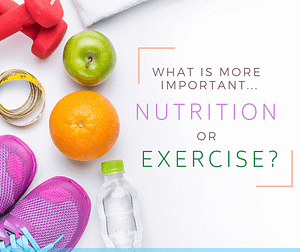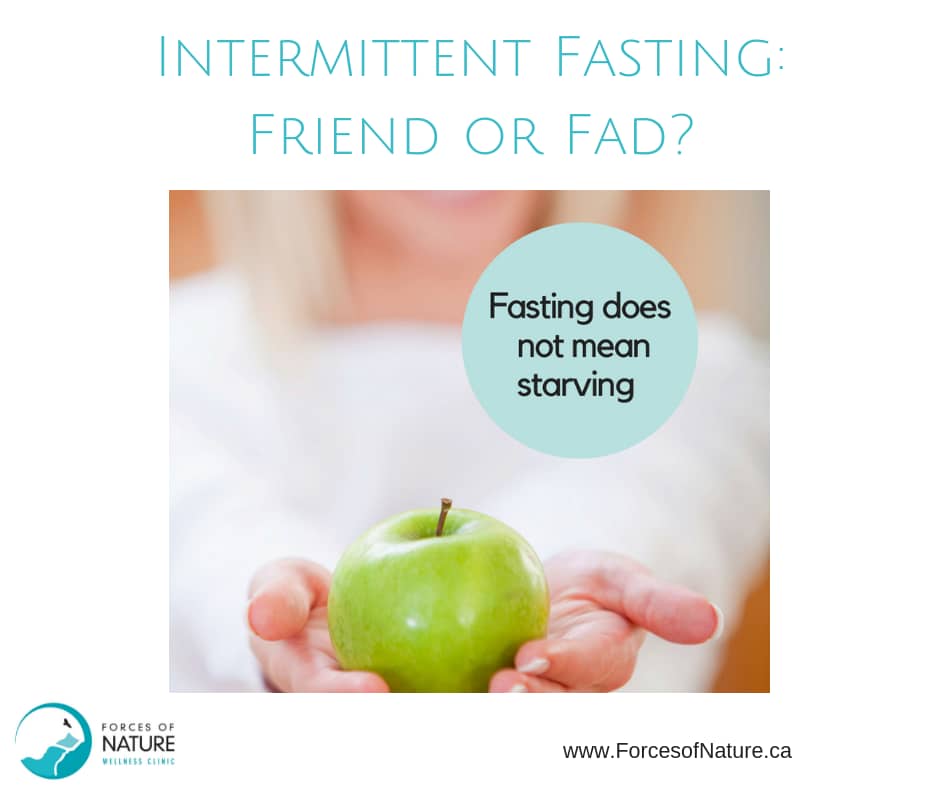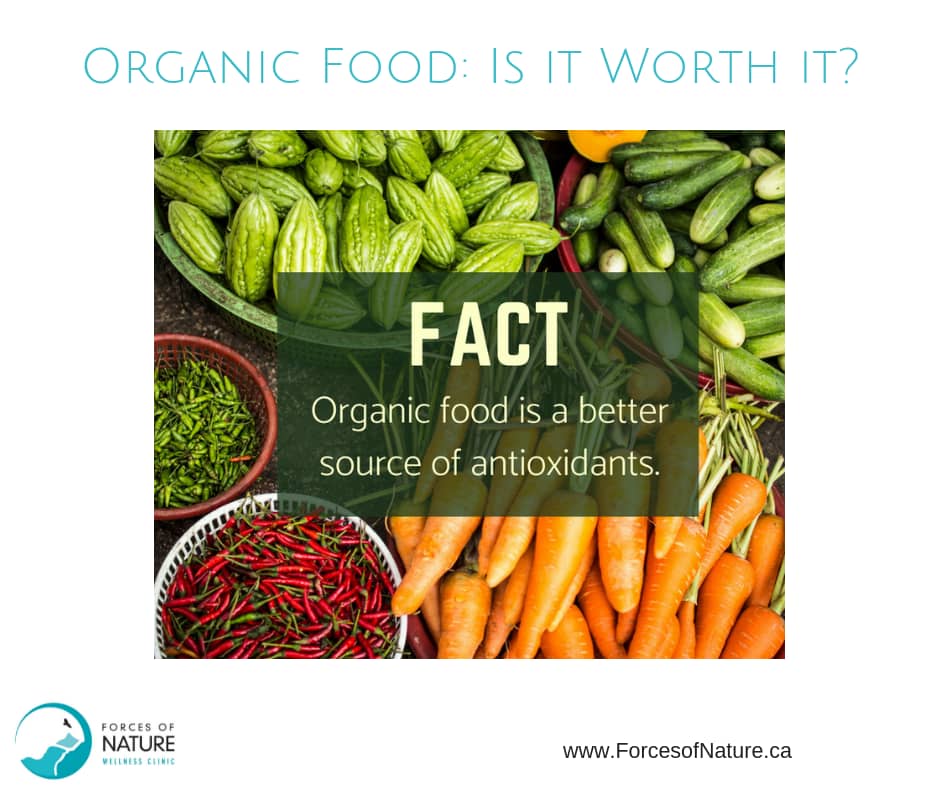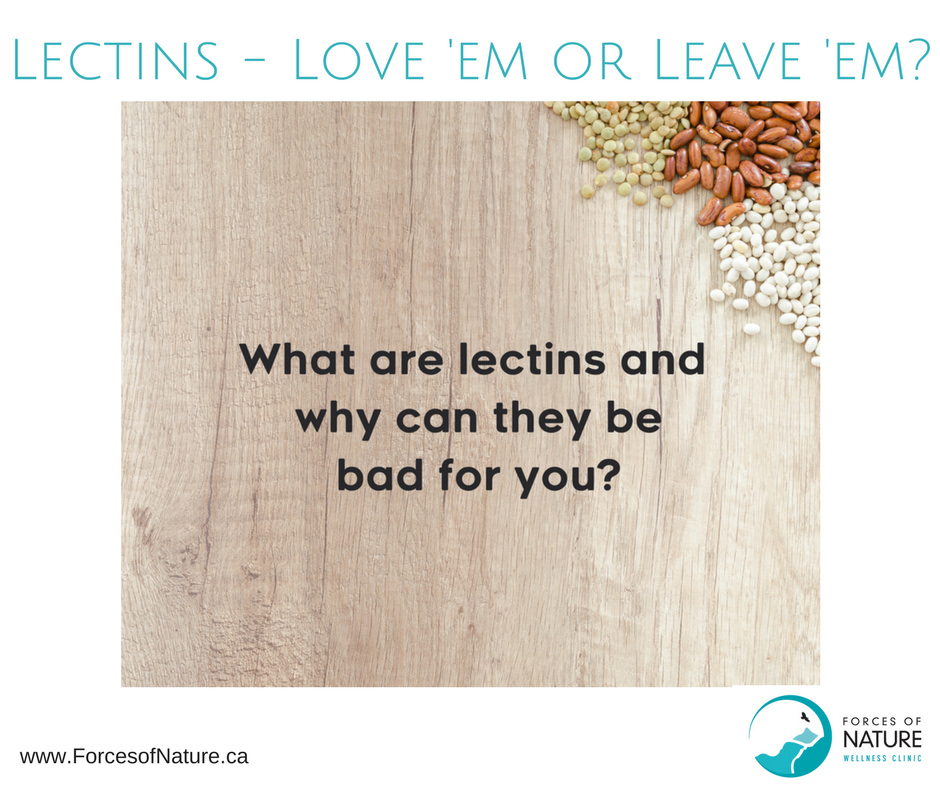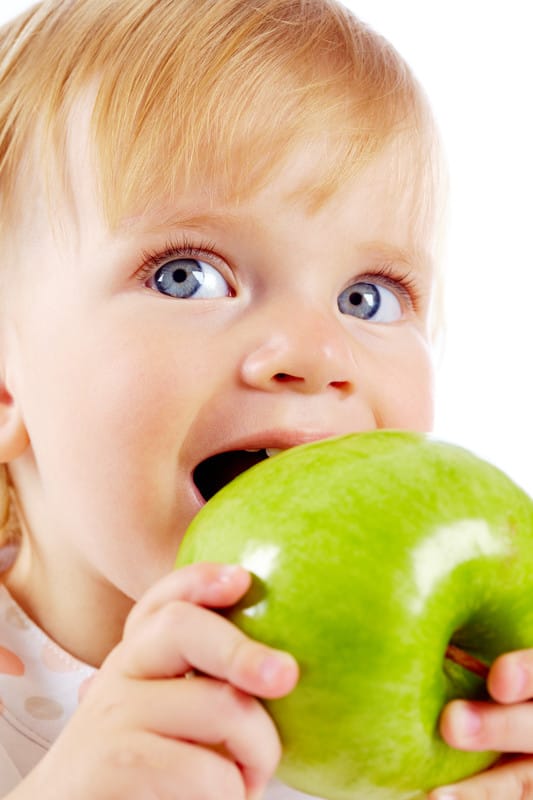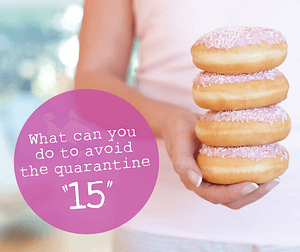
What to Do About the Quarantine15
Let’s start with something positive: When you’re staying at home all the time, you have more time to devote to cooking healthy food for yourself. At least, that’s the hope that many of us started out with 10+ weeks ago. However, there’s a reason why terms like “quarantine 15” and “isolation constipation” are trending on social media.
It turns out that eating healthily and avoiding overindulgence during a pandemic isn’t always easy, even if we have the best intentions. Read on to learn why and what you should do about it.
Emotions And Food Choices
The biggest challenge is that we’re all only human. It’s perfectly normal to be feeling a wide range of emotions right now. These may range from hope to boredom, uncertainty to terror, and even contentment. Sometimes all this is going on within the same hour! All of these are perfectly normal reactions to a very different situation from what most of us are used to.
Many people turn to food when they’re stressed. Whereas others can’t seem to stomach a bite when upset. I have always wished I was one of the latter, but sadly, have always fallen into the former category. Food helps me feel better.
The Role Of Cortisol In Stress Eating
On the surface, it may seem that your motivation to dive into a plate of freshly baked cookies is that they are one of life’s few remaining pleasures. And that is partially true. But there are also innate physiological reasons why we reach for sweets and carbs when we’re stressed. When your body senses that it’s under attack, it releases more of the stress hormone cortisol. And cortisol has been tied to an increase in appetite. Some studies have found that the blood sugar cycle (aka sugar high and crash) created when we turn to carbs and sugar is actually addictive. It is also a difficult roller coaster to get off of. When your blood sugar crashes, it stimulates cravings for carbs and sugar that can be next to impossible to overcome.
Sweet Seduction
On top of that, many people are turning to baking, both to avoid going to the grocery store and to stay busy. This is inducing some unusual shortages at the grocery store (besides toilet paper), including flour and yeast. Scarcity then increases the urge to obtain these things.
And if you’ve recently drooled over a photo of a friend’s perfect loaf of freshly baked bread you know that the visual appeal of social media may also play a role.
Limited Produce
In addition, having to limit our trips to the store leads to an abundance of non-perishable foods like flour and pasta in the cupboard, in contrast with a shortage of fresh produce in the fridge.
7 Tips To Avoid The “Quarantine Fifteen”
What’s a socially distancing person supposed to eat in order to stay healthy or even lose weight? The most important thing right now is that you take it easy on yourself. Being overly self-critical escalates the cycle of stress and overeating. Always keep in mind that we’re living through unprecedented developments. There is no “right” or “wrong” way to deal with our current situation.
1 – Practice Mindfulness
There is some fascinating research that has shown that developing a mindfulness practice through yoga or meditation leads to wiser food choices. One particular study found that a meditation practice reduced the desire for animal foods and increased the desire for a plant-based diet in the study participants.
With their positive effects on overall health and emotional well-being, there has never been a better time to take up yoga or meditation. I know I’ve been spending a great deal of time with my yoga mat lately. It definitely helps me feel more relaxed, less stressed, stronger and healthier.
Yoga and meditation can certainly improve your mental health, but one other unanticipated result could be healthier food choices.
2 – Be Aware Of Why You Are Eating
It’s also useful to examine the causes behind any snacking. Do you walk through the kitchen every time you’re bored or lonely? Eat chips during your Netflix binge nights? Watching TV while eating is a perfect way to over-consume unhealthy food.
If your reason for eating is anything other than hunger, then try having a glass or two of water instead.
3 – Be Careful What You Buy
Of course, you can’t eat food that isn’t in your home. Being more mindful of what you put in your cart in the store or order online is also important. If you’re finding it difficult to stay stocked up on fresh produce, investigate produce delivery services in your area or stock up on frozen fruit and veggies instead. They are equally, if not more, nutrient-dense and they are quick and convenient.
4 – Develop Soul-Nurturing Activities
Immersing yourself in activities that give you a sense of satisfaction helps to replace feelings of boredom and want that lead to overeating. Consider some rewarding pastimes such as fixing things in your home that have been on your to-do list, de-cluttering your cupboards or closets, handicrafts like sewing, knitting, or crocheting, teaching your dog a new trick, learning a musical instrument or even building a raised planter to grow a unique mix of salad greens in the smallest of sunny spots. We’ve started our tomato plants, cantaloupe, cucumber, lettuce, and basil indoors under a grow light a few weeks ago. They’re ready to be transplanted into our brand-new raised planter that my partner built.
Checking things off of your to-do list gives your brain a hit of the reward neurotransmitter dopamine. Feed the need for dopamine with self-pride and accomplishment instead of cookies.
5 – Alternative Produce Sources
Local organic farms are a good place to source regular produce box deliveries. If those are not available look into new fruit and vegetable services that many local restaurants are running as a way to stay afloat. If you are creative about getting fresh food from different sources, you can improve your odds of having a healthy choice when you are reaching for a snack.
6 – Plan For Nutrition
Becoming more conscious of your choices when you’re shopping will also help you make better food choices. Look for easy ways to slip in some more nutrient-dense foods, such as:
- Buy some leafy greens to add to smoothies
- Get some alternatives to pasta such as zoodles (noodles made from zucchini)
- Roast some root vegetables and keep them on hand (these tasty veggies have the advantage of a long shelf life)
- Try fermentation instead of baking (kimchi and kombucha are much better for your digestion than bread!)
- Swap regular flour for almond flour. This cuts the carbs and increases the protein and healthy fat in your baking.
If you’d like to continue baking, that’s great! Just keep in mind that you can find many gluten-free or health-oriented recipes online. You might discover some new favourites. Consider joining our Gluten-free Recipe Swap on June 8 at 7 p.m. You can register here.
Keeping specific healthy meals and snacks in mind as you shop can help you ignore the less nutritious choices.
7 – Focus On The Health Attributes of Your Food
Knowing the physiological needs that your food is meeting is another angle that will help you make healthier choices:
Foods That Nourish Your Digestive Tract
Avoid “isolation constipation” by ensuring that you’re getting enough fibre in your diet. This is a great time to try new recipes with beans, for example. Beans happen to also be cheap and easy to store. Bean flour makes a healthier flour substitute too because of its high fibre content. Here are some good recipes to start with!
Foods That Support A Healthy Immune System
Nutrients such as vitamin A, C, and zinc support a healthy immune system. Good sources of beta carotene to build vitamin A include orange and yellow fruits and veggies as well as dark green leafy vegetables. Vitamin C-rich foods include citrus fruit, kiwi, berries, peppers and melons. Foods that are rich in zinc include most seeds and nuts, beef, egg yolks and shellfish.
And of course, while we’re talking about immune supportive vitamins, remember to catch a few rays of sunshine every day to top up your vitamin D. You need skin exposure at the sun’s peak times to get your daily dose, that’s why most of us supplement with this essential vitamin.
Aside from your diet, how are you holding up? Stress eating may be a sign that you need some help with your mental health. It’s important to check in with others to maintain your psychological well-being.
If you would like to talk about additional ways to stay healthy while in quarantine, give the office a call at 416.481.0222 or book a virtual visit online at https://forcesofnature.janeapp.com. You can do a virtual appointment with one of our naturopathic doctors, our chiropractor, dietitian, or psychotherapist.
By Dr. Pamela Frank, BSc (Hons), Naturopathic Doctor
Resources
Curbing weight gain from emotional eating: https://www.ncbi.nlm.nih.gov/pmc/articles/PMC6137864/
Why we overeat when we’re stressed: https://www.ncbi.nlm.nih.gov/pmc/articles/PMC4214609/
Yoga and mindful eating: https://www.ncbi.nlm.nih.gov/pmc/articles/PMC5932774/
